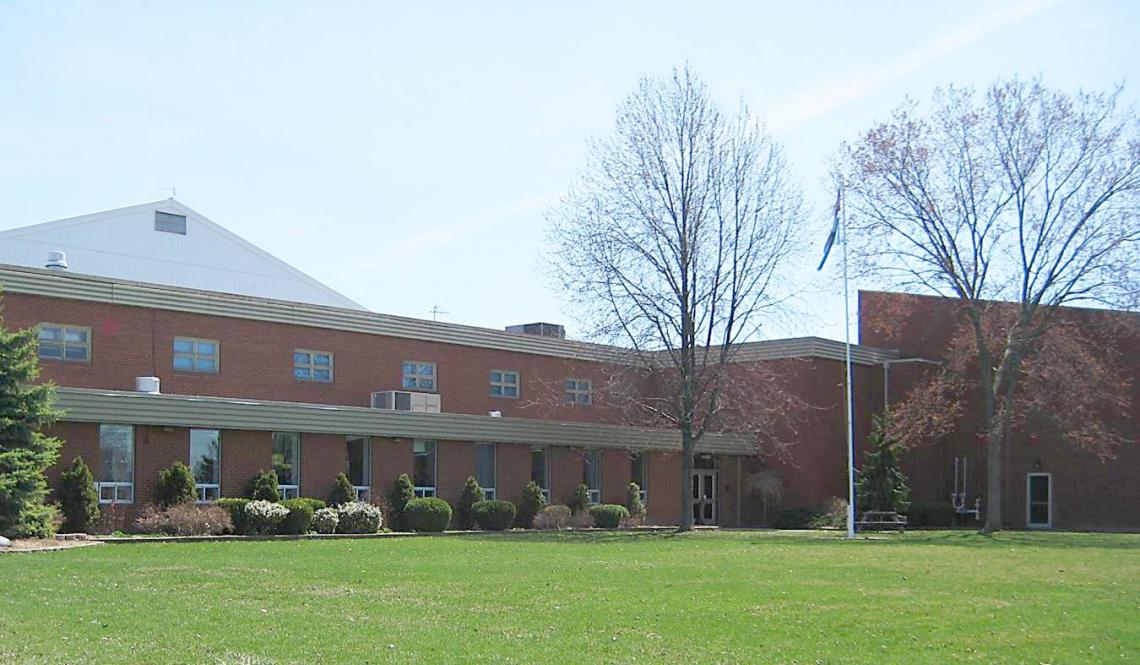Highlights:
- 20 mm rain received last 24 hours
- Water levels rising quickly, minor flooding and ponding
- Deteriorating ice and possible jamming
- Strong northerly winds gusting upwards of 70 km/h
- Roads may become impacted
A Winter Storm Warning from Environment Canada remains in effect as a low pressure system tracking through Southern Ontario continues to bring strong winds and mixed precipitation. Gauges across the watershed are reporting an average of 20 mm of rain received since yesterday evening, which has reduced the majority of snowpack in the region. Water levels at all stream gauges are steadily rising from the rain and snowmelt, and widespread ponding and minor flooding into natural floodplain areas is occurring. Ice jams are possible as breaking and shifting ice begins moving through the river system.
Winds over Lake Huron are northerly with sustained winds upwards of 50 km/h and gusts between 60 and 70 km/h, continuing overnight into early Friday when winds will start to dissipate. Waves are predicted to be 2-3 m on Lake Huron during the event. Strong winds and waves may shift ice, and northerly winds could promote the movement of ice from Lake Huron into the St. Clair River where it could build up and impact flow.
As water levels continue to rise, the following roads may become impacted:
- Stanley Line between Kimball Road and Waubuno Road
- Pretty Road north of McCallum Line
- Waterworks Road north of Courtright Line
- Tefler Road between Courtright Line and Moore Line
Individuals are reminded to avoid shorelines, watercourses and flooded areas due to dangerous conditions, slippery banks and cold, swift moving water. Children and pets should be kept away from the water and off of frozen waterbodies.
The Conservation Authority continues to monitor watershed conditions and will issue advisories to municipalities and media should flood issues arise. Municipal emergency response staff and road superintendents should monitor local conditions closely.





